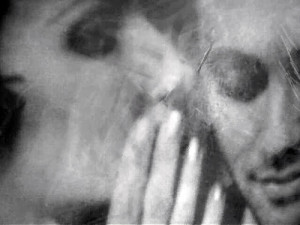
Photo Credit: Tim Gage via flickr
One of the main reasons the Allied code breakers were able to crack the German Enigma cipher was espionage. Both stealing code books and obtaining documents from Schmidt gave the Allies the edge they needed to crack the Enigma machine several times. The Allies would be very far set back if they did not have access to the Enigma machine. Rejewski would never have made such quick progress on the Enigma machine if he did not have access to the documents explaining how the key was enciphered and a model Enigma machine. If Rejewski had not made such quick progress, the Allies would probably never had the break through that he achieved because Germany would have invaded Poland before the Polish could give the notes to the Allied nations. Espionage was also helpful for the guys in Bletchley Park. Stealing code books from German U boats was critical in deciphering the Enigma later on by using cribs that are established through the location of the U boats.
What is also important to note is that the Germans made the Enigma machine more complicated throughout the war without knowledge of the fact that the Allies had cracked it. This means that saying the Allies would have eventually cracked the code is not entirely accurate. Speed was actually pretty critical in attempting to crack the Enigma. Every time the Allies cracked a form of the Enigma, the Germans would make it more complicated later, so the Allies would have to reevaluate their attempts and use a slightly different method. What is important to note is that the Allies did not necessarily have to start completely over; they could just reevaluate and use their old notes since they had already cracked one form of the Enigma before. Without the espionage involved in stealing important documents and books, who knows if the Enigma would even have been cracked before World War II ended?






